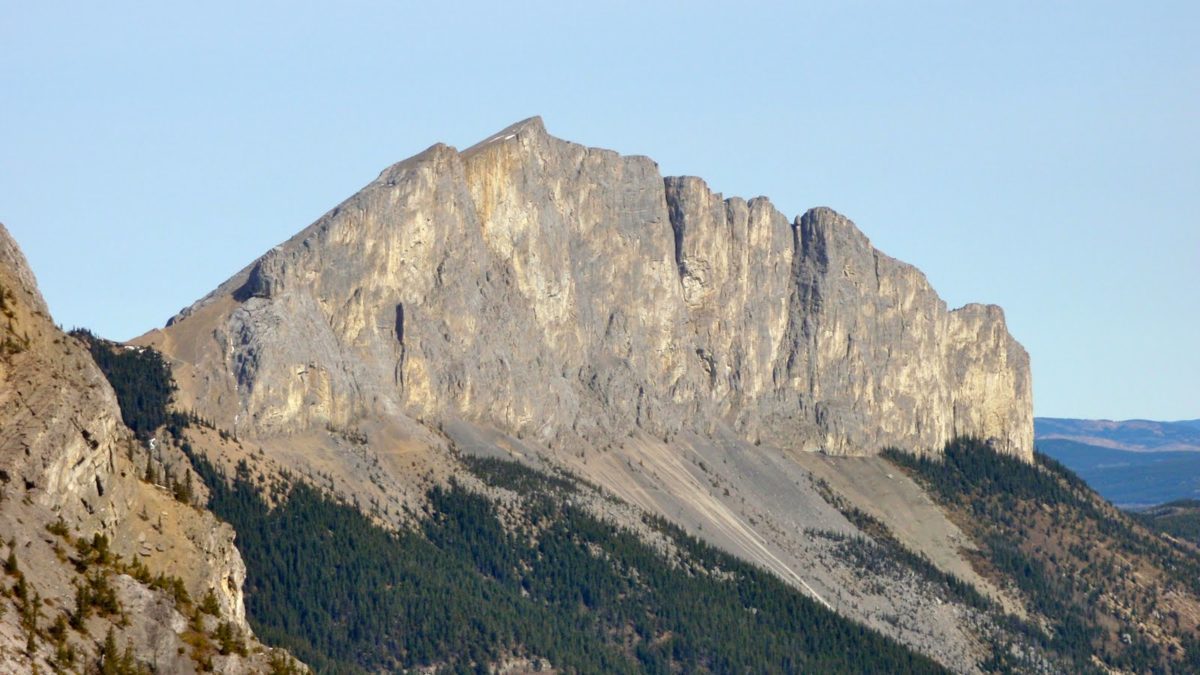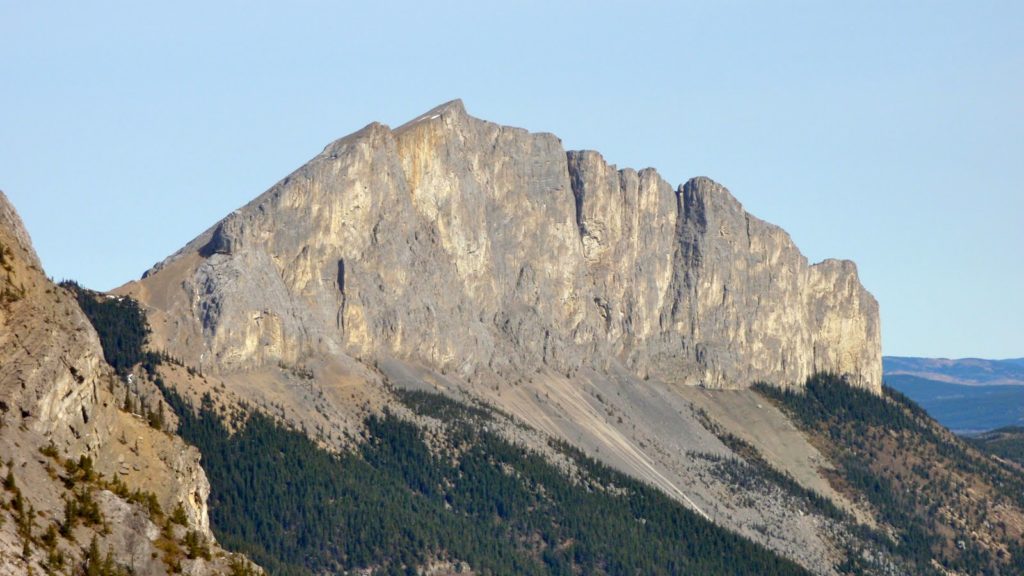It’s Time to Slow Down in the Mountains
Race car drivers say: “Slow in the cockpit = fast on the track.” Fast and light has been all the rage, but going slow with more gear is sometimes the better style

Over the past few years, climbers, including some of the best, have been dying at an increasing rate. To be at the top of the game, climbers need to constantly be pushing themselves harder and faster, which means less time to consider consequences and less gear to keep them safe.
There has been a lot of reflection over the past year by many climbers about fast and light versus slow and heavy. Sometimes being fast is the safest option, but that often only applies to big alpine climbs in short weather windows.
A few summers ago, I was climbing Red Shirt on Yamnuska when two climbers were simul-climbing a 5.11 six-pitch route to the right. There was no reason to be simul-climbing such steep and exposed terrain, especially considering most of the protection was trad.
I watched as the lead climber would slow down to fiddle in gear as the second continued to move, which created slack in the rope. My partner and I cringed watching such a blatant disrespect for safety. Near the top, the second climber fell from a 5.10 bulge and pulled the top climber off. They survived thanks to the two bolts between them. The result could’ve been much different if, instead of bolts, they had two cams or nuts.
They reached the top with blood gushing from their arms and legs. My partner and I helped to stop their bleeding and then walked them to the car. They told me that they had all day, but wanted to see how fast they could climb the route (which neither of them had climbed before). There’s a greater chance of making a mistake when you rush or simul-climb. It’s always a lot safer to go slow and pitch it out.
Climbers have also been injured because they under-protected a pitch. Just because you climb 5.13 doesn’t mean you shouldn’t protect a 5.9 pitch. Something out of your control, like a loose hold or falling rock, might result in you falling off, so you always want to have some protection between you and the belayer.
Being rushed in the alpine can also lead to accidents, it’s often better to give yourself an extra day or two to suss out conditions and to be sure of your objective.
Over the past few years, a number of climbers have died on rappel, either from a simul-rappel accident or a rappel-device mistake. Instead of rushing into rappels to descend, sometimes it’s best to look around for a safer descent, even it it takes a little bit longer or requires more gear.
Lately, more top climbers are speaking out against light and fast and promoting slow and safe. Of course, it’s case by case, and depends on the climb and situation. So, take your time to consider the safest way to get up and down your route.
While climbing is inherently dangerous, the ultimate goal should be to get home at the end of the day. If that means slowing down a bit, bringing extra gear and taking more precautions, then so be it. Be safe this year!



